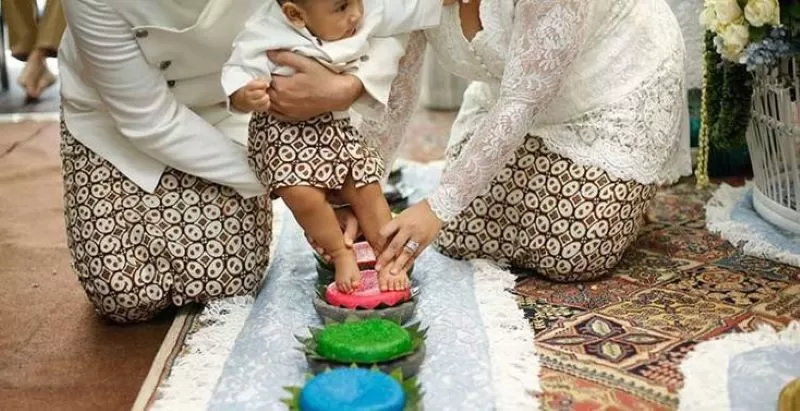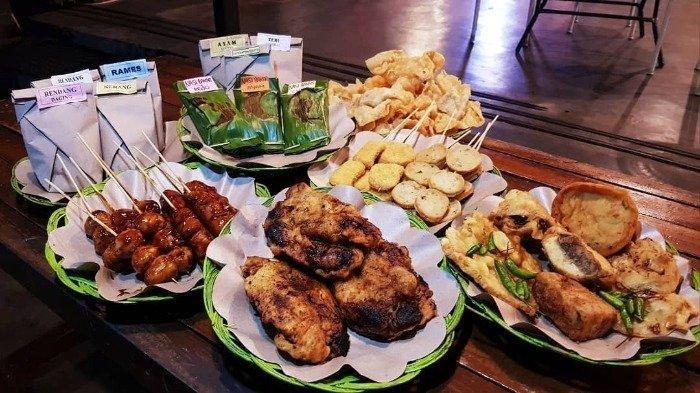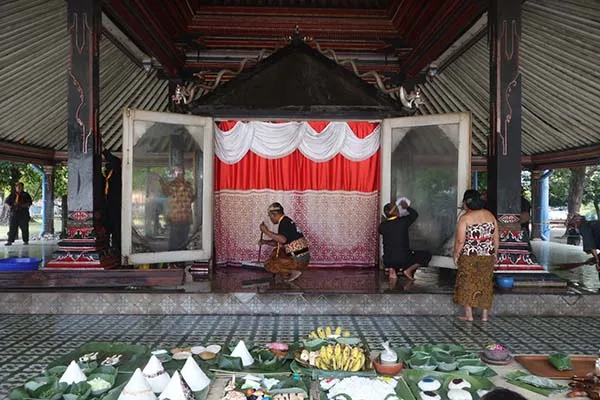
Geguritan is a form of poetry in the Javanese language, derived from the word gurit, which means "engraving" or "inscription." This poetry developed among Javanese speakers and originated from tembang (traditional Javanese songs), resulting in various forms. Initially, only poets could create geguritan due to specific rules, but over time, it has evolved into free verse poetry, unrestricted by meter, rhyme, or melody, allowing anyone to compose it. Geguritan often employs figurative language and rich Javanese literary elements, making it captivating when recited. Since the era of Javanese kingdoms, poets have frequently used geguritan as a medium to criticize rulers or colonial powers. Modern Javanese poetry first emerged in 1929 through the magazine Kejawen, followed by several other works between 1930 and 1940. After a hiatus during the Japanese occupation, modern Javanese poetry reemerged after the revolution, pioneered by R. Intoyo and Subagiyo Ilham Notodijoyo.
Tumbuhkan marketing Anda dan bisnis online Anda



